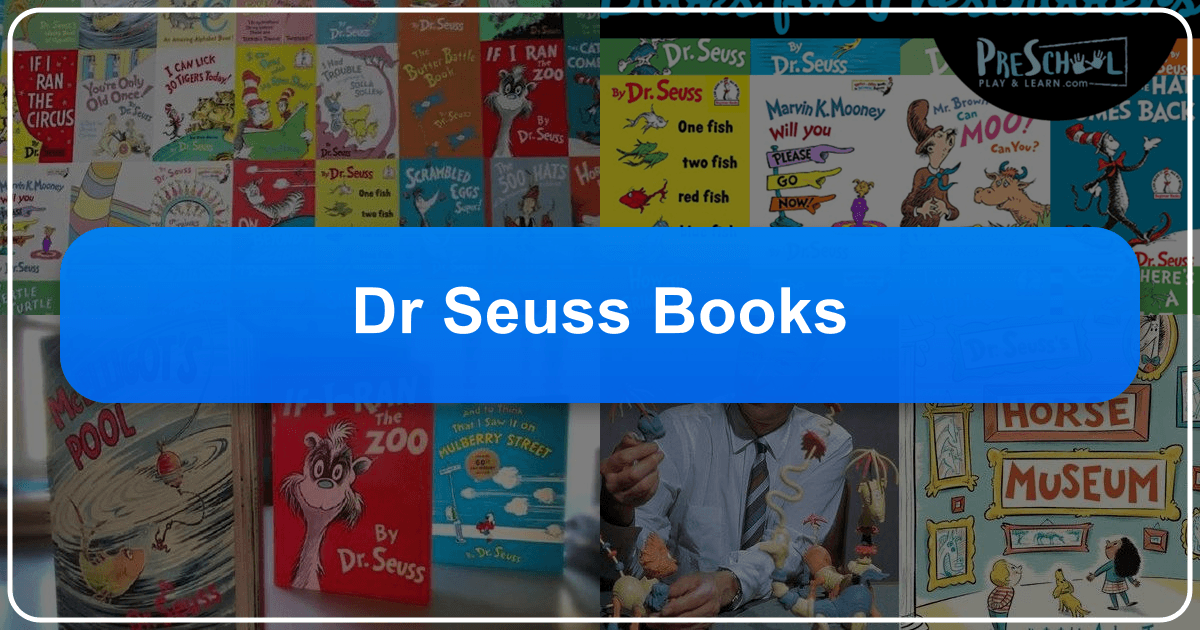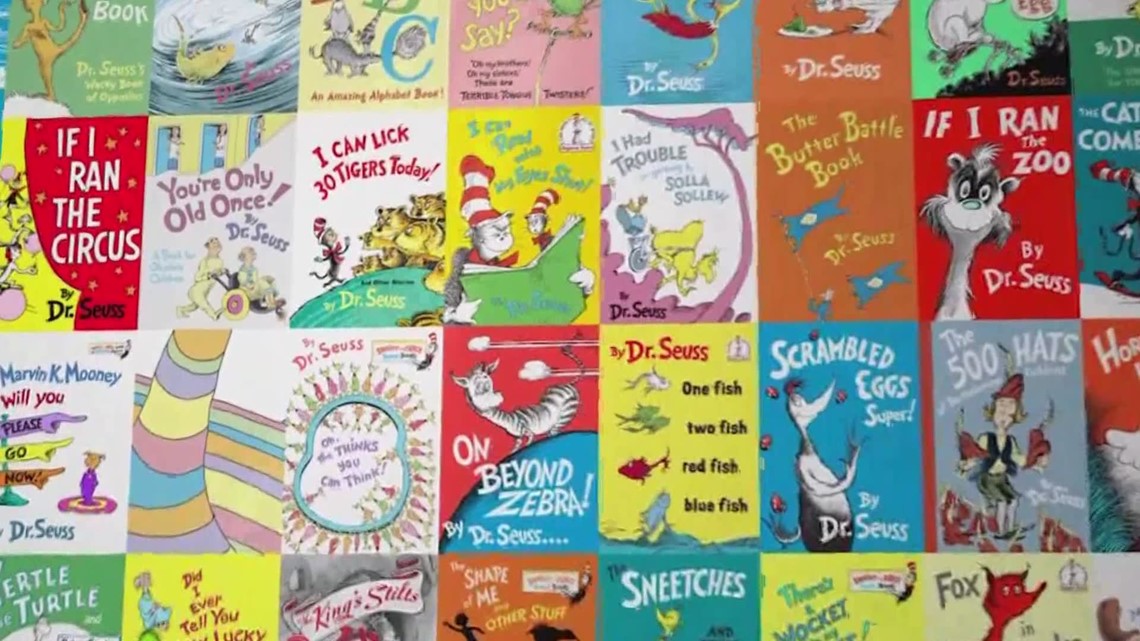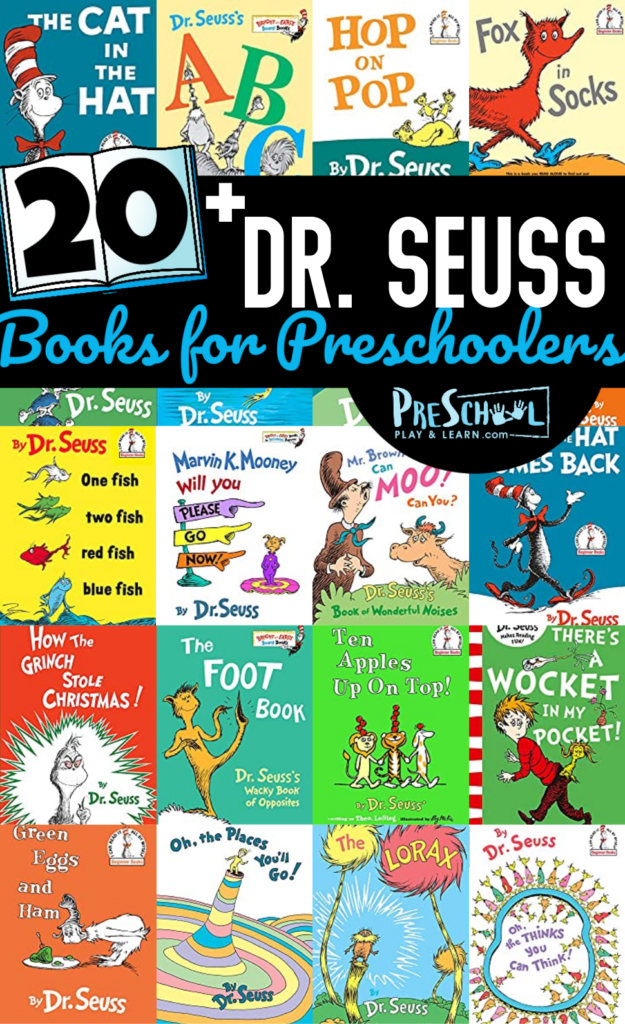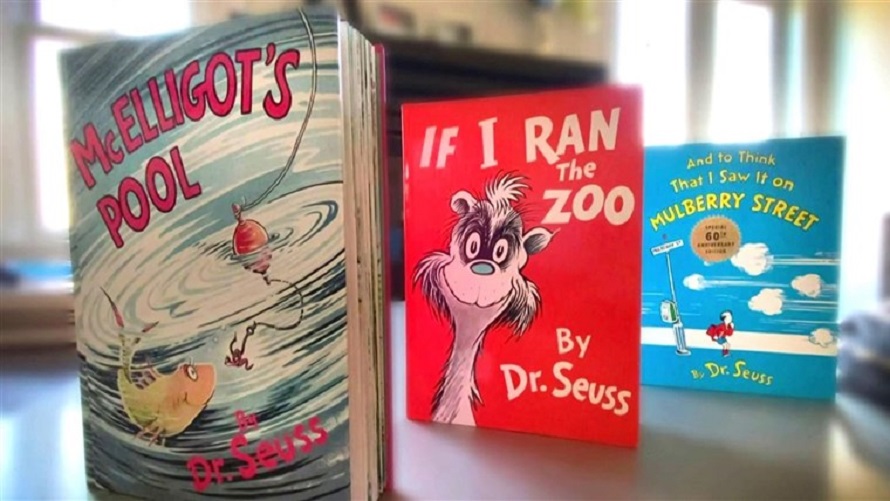Dr. Seuss Books: A Comprehensive Guide

Dr. Seuss, the pen name of Theodor Seuss Geisel, is an undisputed giant in children’s literature. His whimsical rhymes, vibrant illustrations, and memorable characters have captivated generations, leaving an indelible mark on the cultural landscape. This comprehensive guide explores the world of Dr. Seuss books, delving into their genres, literary impact, educational value, and enduring legacy. We will examine his prolific authorship, the lasting influence of his works, and the various adaptations that have brought his stories to life beyond the page.

The Diverse World of Dr. Seuss Books
Dr. Seuss’s body of work is remarkably diverse, encompassing a range of styles and themes. While often associated with early readers, his books appeal to a broad age spectrum, touching on complex social and environmental issues alongside pure, unadulterated fun.
Genres and Classifications
While many categorize Dr. Seuss’s books solely as children’s literature, the genre is far more nuanced. His early works often incorporated elements of satire and social commentary, subtly weaving in critiques of societal norms and political issues. Later, his focus shifted more towards imaginative storytelling and playful explorations of language and literacy. His works can be broadly categorized into:
-
Early Readers: These books, like The Cat in the Hat and Green Eggs and Ham, are specifically designed to help young children develop their reading skills. They utilize simple vocabulary and repetitive sentence structures, making them engaging and accessible to beginning readers.
-
Picture Books: Many of Dr. Seuss’s books are considered classic picture books, where the illustrations are as integral to the storytelling as the text. The vibrant and often surreal imagery enhances the narrative, adding another layer of meaning and enjoyment for both children and adults.
-
Fables and Allegories: Books such as The Lorax and Yertle the Turtle and Other Stories use allegorical narratives to address environmental concerns and the dangers of unchecked power. These books transcend the typical children’s story, offering subtle yet powerful messages about responsibility and social justice.
-
Humorous Verse: A significant portion of Dr. Seuss’s work employs humorous verse and rhyme, often employing nonsensical words and playful language to create a sense of delight and wonder. This approach makes his books highly entertaining and memorable, fostering a love of language and its potential for creative expression.
Classics, Bestsellers, and New Releases (While acknowledging no “new releases” in the traditional sense)
While all Dr. Seuss books remain popular and continually in print, some stand out as enduring classics and perennial bestsellers. The Cat in the Hat, How the Grinch Stole Christmas!, and Green Eggs and Ham consistently rank among the best-selling children’s books of all time, demonstrating their timeless appeal and lasting impact on readers.
Dr. Seuss: The Author and His Inspirations
Theodor Seuss Geisel, the man behind Dr. Seuss, was a remarkably multifaceted individual. His life experiences profoundly influenced his writing and illustrative style.

Biography and Writing Style
Born in Springfield, Massachusetts, Geisel’s early life was marked by a love of drawing and storytelling. His career took him through advertising, political cartoons, and ultimately to the world of children’s literature. His distinctive writing style is characterized by:
-
Rhyme and Rhythm: Geisel masterfully employs rhyme and rhythm to create a highly engaging and memorable reading experience. His rhythmic prose enhances the flow of the narrative, making it pleasing to the ear and easy to follow.
-
Repetition and Simple Sentences: In his early reader books, he utilizes repetition and simple sentence structures to reinforce vocabulary and comprehension for young learners. This approach makes the books highly effective learning tools without sacrificing their entertainment value.
-
Nonsense Words and Playful Language: Geisel’s creative use of nonsense words and playful language adds a unique charm to his books, stimulating children’s imaginations and broadening their understanding of language’s versatility.
-
Vibrant and Imaginative Illustrations: Geisel’s illustrations are as important as his text, contributing to the whimsical and fantastical nature of his stories. His distinctive style is instantly recognizable and has become iconic within the world of children’s literature.
Inspirations and Influences
Geisel’s inspirations were wide-ranging, drawing from his personal experiences, observations of society, and a deep love of visual art. His experiences during World War II, his involvement in political cartoons, and his observations of children’s literacy influenced his approach to writing and illustrating his books. The debate surrounding the effectiveness of traditional primers in the 1950s directly inspired The Cat in the Hat, demonstrating the significant impact that societal issues had on his creative output.
The Educational Value and Life Lessons in Dr. Seuss’s Books
Beyond their entertainment value, Dr. Seuss’s books offer significant educational benefits and impart valuable life lessons.

Summaries and Educational Value
Many of Geisel’s books serve as valuable tools for teaching young children to read. The simple vocabulary, repetitive phrases, and engaging illustrations make the learning process fun and effective, fostering a love of reading from an early age. Even more complex books like The Lorax can be used to teach children about environmentalism and the importance of protecting the planet.
Life Lessons and Themes
Dr. Seuss’s books explore a wealth of themes relevant to children and adults alike. These include:
-
Environmentalism: The Lorax poignantly illustrates the consequences of environmental destruction and the importance of protecting natural resources.
-
Social Justice: Books like The Sneetches address issues of prejudice and discrimination, highlighting the folly of judging others based on superficial differences.
-
Responsibility and Consequences: Stories often show the importance of taking responsibility for one’s actions and facing the consequences of one’s choices.
-
Self-Acceptance and Uniqueness: Several books celebrate individuality and encourage children to embrace their unique qualities.
-
Imagination and Creativity: The whimsical and imaginative nature of his stories fosters creativity and inspires children to dream big.
-
The Power of Words: The use of playful language and rhyme demonstrates the power of words and their potential for fun, communication, and even social commentary.
Reading Habits and Engagement
Dr. Seuss’s books are renowned for their ability to capture and maintain children’s attention. The rhythmic prose, colorful illustrations, and engaging storylines create a highly enjoyable reading experience that encourages children to engage with books and develop a lifelong love of reading.
Dr. Seuss in Libraries and Archives
Dr. Seuss’s works hold a prominent place in libraries and archives worldwide.
Public Libraries and Digital Libraries
Public libraries across the globe boast extensive collections of Dr. Seuss’s books, making them accessible to children and adults of all backgrounds. Digital libraries also offer online access to his books, further expanding their reach and accessibility.
Rare Collections and Archives
Specialized libraries and archives hold rare first editions, original manuscripts, and other unique materials related to Dr. Seuss, providing researchers and enthusiasts with valuable insights into his life and work. These collections often include sketches, drafts, and correspondence, offering a glimpse into the creative process behind his iconic books.
The Cultural Impact of Dr. Seuss
Dr. Seuss’s influence extends far beyond the realm of children’s literature. His works have had a significant cultural impact.
Literary Influence
Dr. Seuss’s writing and illustration style has deeply impacted children’s literature. His innovative approach to early readers revolutionized the way reading is taught, paving the way for more engaging and accessible materials for young learners. His distinctive style has also influenced numerous illustrators and authors, inspiring them to explore new ways of storytelling and visual expression.
Adaptations and Media
Dr. Seuss’s books have been adapted into a multitude of media formats, including animated films, television specials, stage plays, and video games. These adaptations have introduced his characters and stories to a global audience, solidifying his place in popular culture. The various interpretations of his work demonstrate the adaptability and enduring appeal of his stories.
Awards and Recognition
Dr. Seuss received numerous awards throughout his career, including the Pulitzer Prize, Caldecott Honors, and eight honorary doctorates. The widespread recognition of his work reflects its exceptional quality and lasting impact on readers and society. His influence extends to the entertainment industry, with adaptations of his stories garnering Oscars, Emmys, Grammys, and a Peabody Award.
Communities and Fandom
The enduring popularity of Dr. Seuss has fostered a vibrant community of fans who appreciate and celebrate his work. This community includes readers of all ages, researchers, educators, and collectors, all united by their admiration for his unique artistic vision and enduring message. This extensive community sustains the legacy of Dr. Seuss, keeping his works alive and relevant for future generations. His legacy continues to inspire new writers, artists, and readers, and his books remain a cornerstone of childhood literacy and imaginative exploration. The enduring popularity of Dr. Seuss’s books reflects the timeless appeal of his unique style and themes that continue to resonate across generations.